Noir is one of the most difficult genres to get right.
As Richard Brody wrote in his definitive New Yorker piece, “‘Film Noir’: The Elusive Genre”: “Film noir is a peculiar genre. A Western is identifiable by people on horseback in the West; a musical involves singing and dancing; a war movie shows war. Even the so-called women’s picture was a movie that featured women prominently. But the directors who worked in film noir didn’t use that term to describe their work.”
When we classify a “picture” as film noir, it’s usually because it carries the style and tropes of the classics. But hew too close and a new “noir” is either redundant or parodic; drift too far though and what do you have left?
This is challenge of Apple TV+’s, Sugar, starring Colin Farrell as the titular, secretive private detective, John Sugar, whose first two episodes released this week. From the offset, it all feels right; it looks and feels like noir. It even starts in black and white, before switching to color when the story starts proper in the sunlit city with long shadows, Los Angeles.
Farrell’s voiceover is suitably vague and introspective; the side characters have dirt under their manicured fingernails; and it’s shot beautifully, courtesy of director Fernando Meirelles. Meirelles — the Brazilian auteur responsible for films such as City of God, The Constant Gardener and Blindness — told me that he approached many of the scenes in the same way he usually does when handling a film, but with added visual references to the classics. The result is something that feels fresh but classical, and usually doesn’t look like any other show on TV.
“In most of the scenes, there are some angles that try to mimic — or sometimes copy — frames that we would see in some [classic noir] films,” Meirelles says. “But the scenes were shot in my way, where I don’t break the scenes. I just run the scenes from top to the end with threes cameras, and I shoot the whole thing, and then I change the positions and shoot the whole thing. The actor never stops, he just gets the flow and goes from there. And this gives a different feeling. Sometimes I’m not perfectly framed for a line, the angle is not so good, but we incorporate that, you know? It’s wrong the way he’s framed, but for me, it brings authenticity.”
Another clever deviation from the noir standard is in the portrayal of its lead. Sure, John Sugar wears a black suit, drives a classic Corvette and has a mysterious past, but he isn’t world-weary, cynical, callous and money-motivated. Instead, he’s a decent man, or trying to be, against incentives that would push him away from that; and he believes in the power of redemption, probably because he’s been the beneficiary of it.
“All the characters of the noir films, which I love, they’re all very cynical, right? They don’t care,” Meirelles points out. “They don’t really give a shit for anything. And they’re working for the money, for the pay check. And Sugar is the opposite. Sugar is the guy who cares, who has a good heart, wants to do the right thing. It’s very… It’s almost an opposite character for noir films.”
So used to prestige TV antiheroes, that when Sugar is nice to a homeless man and his dog, you wonder what the purpose is. What’s the catch? Where’s the trap? But there isn’t one. He just likes the man and his dog.
Ostensibly, Sugar is about finding the missing granddaughter of a famous director, in a case that looks simple but invariably gets darker and more complex as it goes on. But this is just a plot scaffold. “When I was shooting, I wasn’t that interested in Olivia’s disappearance,” Meirelles says. “I was much more interested in knowing who this Sugar is. He’s the mystery.”
That would work if that interest didn’t become so obvious and all-consuming as the story goes on; and if it was heading somewhere interesting. Unfortunately, Sugar’s secrets are where the show drifts sharpest away from noir, and ultimately, off a cliff. Put simply, there’s a late-season twist, which I won’t ruin for you, but spoiled the show for me. A rewatch gives a sense of what they were trying to do, but it just doesn’t land. The reveal is so easy, so convenient, and so much worse than other possible explanations — including one speculated by Amy Ryan’s character at one point. There are red flags (aka “clues”) for this throughout, but you try to dismiss them, thinking, “no, they won’t go that way.” And then they do. And I swore aloud to myself when they did.
Meirelles underlined that this wasn’t his script, and talked mostly on the way he directed the scene where the twist happened, but noted; “To be honest, the first time [I read the twist], when I was offered the project… I said, ‘that’s not going to work. It makes no sense.’ It was hard for me. But then thinking about the character, that he knows something that the audience doesn’t know. I mean, it was quite interesting, you know, knowing that everything will lead to this point. Then what will come next we’ll see in second season. But I had this the same feeling that this is going to work. I’m curious to know how people will react.”
The odd thing, on the face of it, this show shouldn’t be as good as it is.
I asked Meirelles about whether audiences read noir differently today — a genre that always said that Hollywood had a seedy underbelly, but whose cynical prognostications read somewhat harsher in the post-#MeToo era. He wasn’t all that interested in the question: he said he’d made the series to work with Farrell, and “I didn’t know much about noir, so I had to learn; I did my homework and watched like twenty films and all the essentials.” To him, the core of the show is John Sugar.
“When I first met [Farrell] personally, when I got to Los Angeles, I went to his house for us to start talking about it and I didn’t know much how we would portray Sugar. And he didn’t as well. And I love that.”
Aside from a few thinly-written side characters — which Kirby Howell-Baptiste and Amy Ryan do their best with — it all works. Farrell is fantastic as Sugar, the show looks stunning, it’s thematically rich, and it has many shots of an adorable dog lying down, looking up and sticking his head over the window of a convertible. Its intercuts to classic film scenes could read as corny, and film-school try-hard, but they don’t. It all just works. Except, of course, for that damned twist.



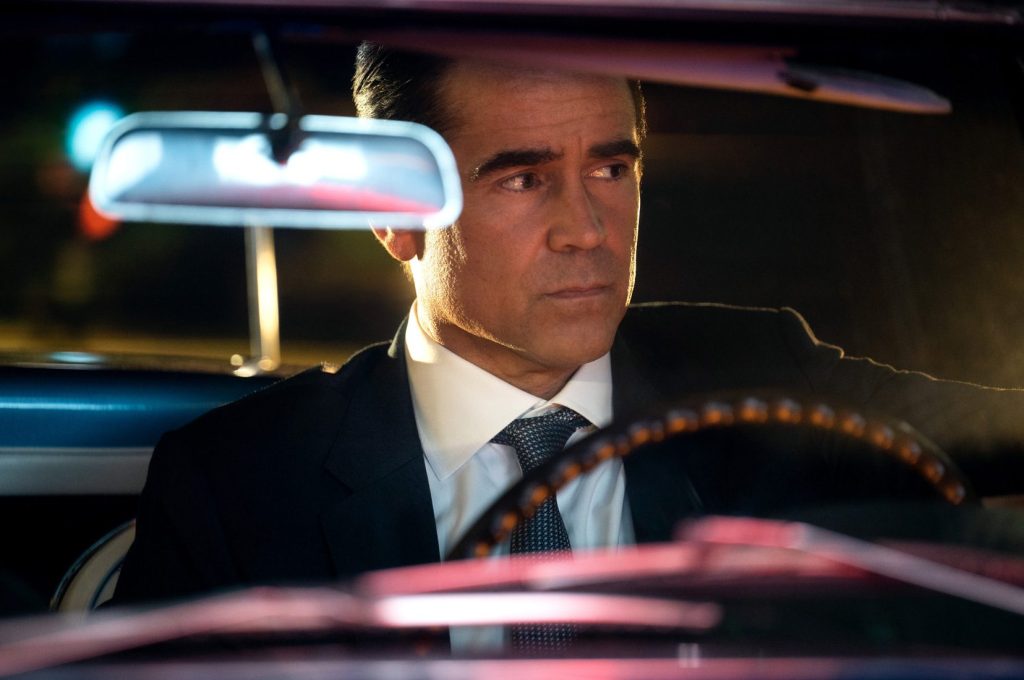


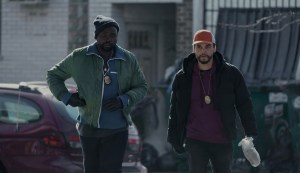
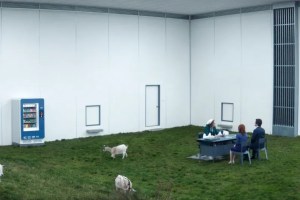
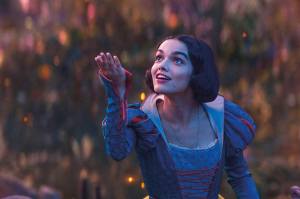

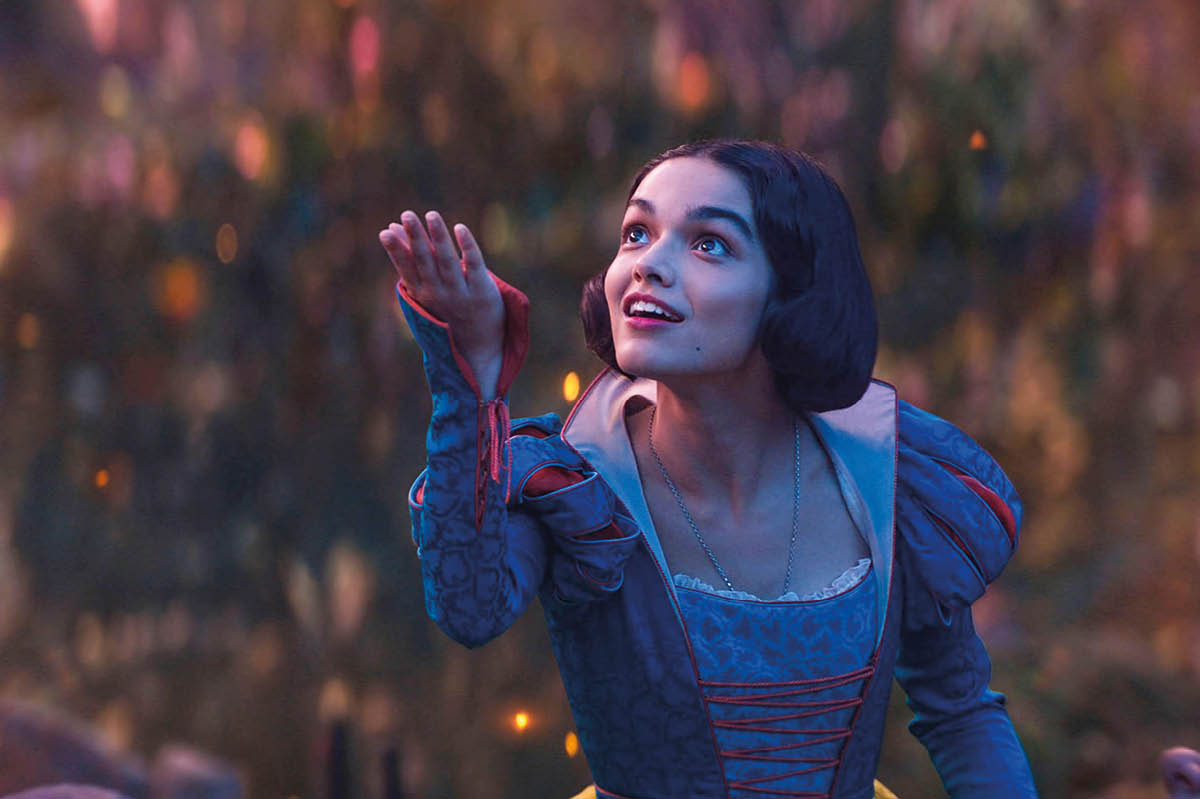


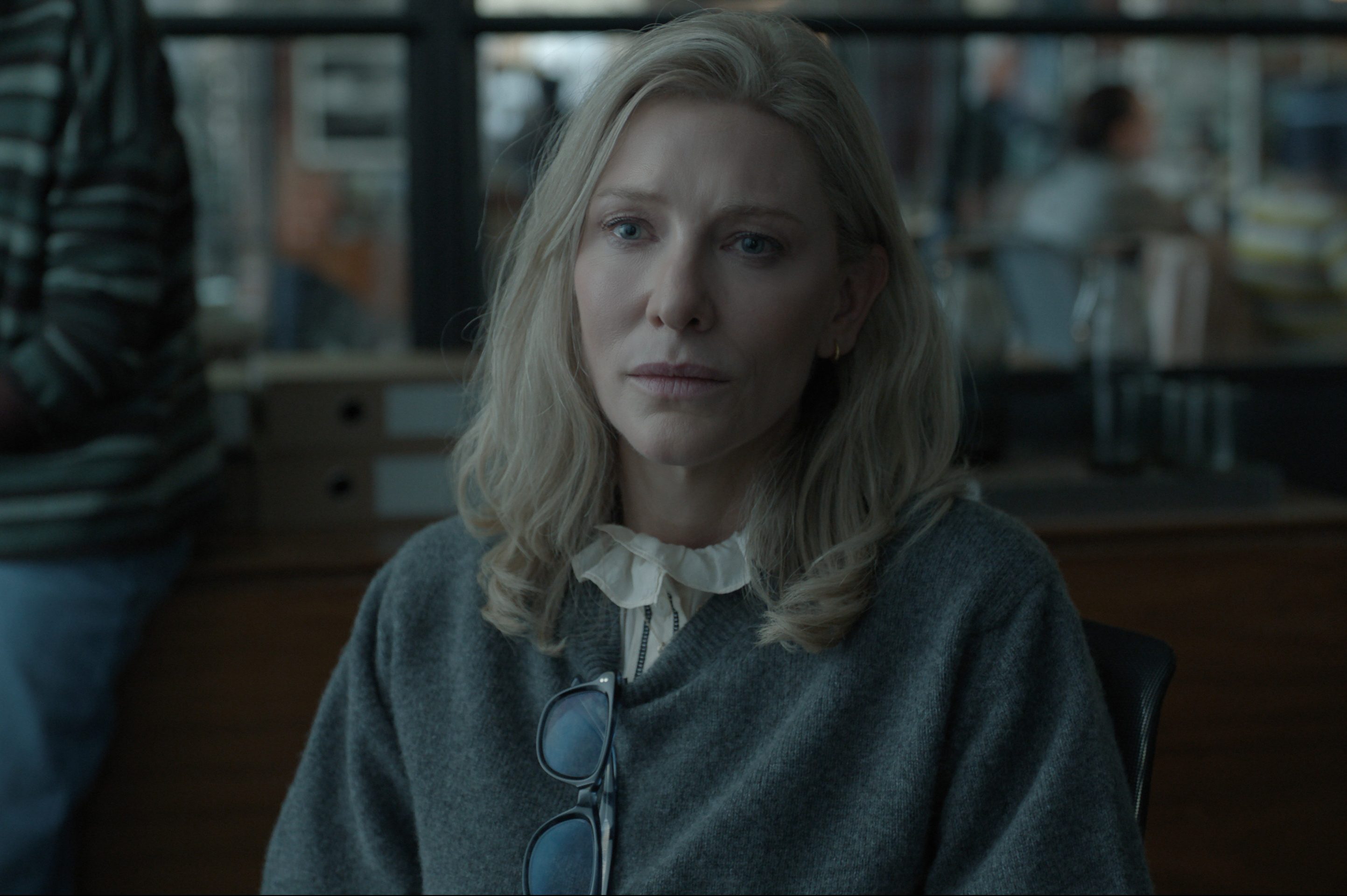








Leave a Reply